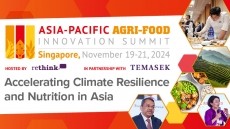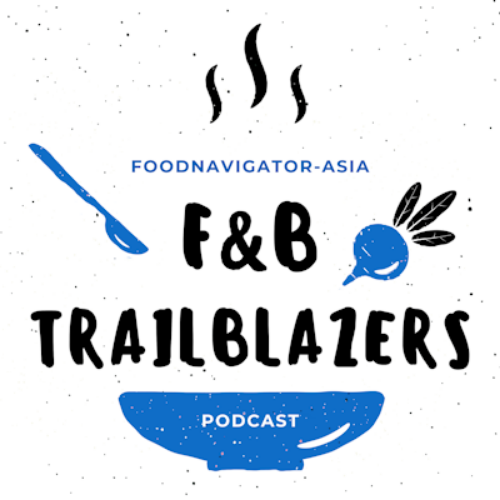‘New Northern’ targets: South Korea sets sights on Russia, Mongolia and Kazakhstan after record rise in food exports

Previously, the east Asian nation had focused much of its export efforts on countries under its ‘New Southern’ policy, which included South East Asia and India, and saw favourable results out of this in terms of skyrocketing food export numbers earlier this year.
According to the South Korean Ministry of Agriculture, Food and Rural Affairs (MAFRA), record-setting food export numbers to countries under the ‘New Northern’ policy, where efforts at co-operation have so far been more focused on diplomatic, infrastructural and cultural discussions, indicate a valuable market for food trade.
The New Northern policy was established in 2017, and relevant geographical markets include Russia, Ukraine, Belarus, Central Asia, Mongolia, and part of China.
“For the first time in three years, food exports to the New Northern have shown an increase – this had been continuously on the decline previously,” MAFRA said via a formal statement.
“In the past five years, the highest food exports South Korea made to the region were US$118.6mn in 2018, which dropped to as low as US$89.6mn last year – but this year, this value rose back up to US$129.3mn as of May, a significant recovery of 44.3% and higher than the highest point in 2018.
“By category, processed foods saw a larger increase of 45.2% to US$119.4mn, and fresh foods increased 34.3% to US$9.9mn. Within the processed foods, South Korean beverages saw the greatest rise of 92.7%, boodles by 59.7% and confectionery by 50.5%.”
Amongst all the New Northern countries, South Korea is particularly optimistic about the growth in Russia (53.2% growth), Mongolia (47.7% growth) and Central Asian nation Kazakhstan, announcing that more steps will be taken to secure and develop further food export growth in these countries.
“We already established an organization specialising in agri-food exports in Russia back in 2019, and from here we are dispatching more ‘market pioneering agents’ to [local companies to] support market development activities such as local market research, discovery of new buyers, product customs clearance support, and the promotion and marketing of promising products,” said MAFRA.
“In addition, we are fostering leading export firms locally to lead market development in the New Northern countries, and also take steps to expand the online marketing of South Korean food products.”
Keeping tabs on the South
Despite expanding efforts to capture food trade in the North, South Korea has no intention of letting up on its efforts to penetrate the South East Asian market.
For instance, negotiations were recently completed between South Korea and the Philippines for the entry of strawberries into the Philippines, which had previously not been allowed over phytosanitary concerns.
“[South Korea’s Quarantine Agency] has been in negotiations with the Philippines since 2008 [over the] export of domestic strawberries to the Philippines, and this was finally agreed and signed earlier this year,” said MAFRA’s Animal and Plant Quarantine Agency Director Park Bong-Gyun in a separate statement.
South Korean strawberries are finding good markets in other South East Asian countries such as Thailand and Vietnam, and earlier this year premium air-flown strawberries also found high-value markets in Singapore and Thailand.
South East Asia is also a major destination for South Korea’s grape exports – particularly premium Shine Muscat grapes. According to MAFRA data, Vietnam is the largest importer of Shine Muscat grapes from Korea globally, purchasing some US$8.1mn worth of grapes in 2020 even through the COVID-19 pandemic, some 37.8% up from US$5.9mn in 2019.



















